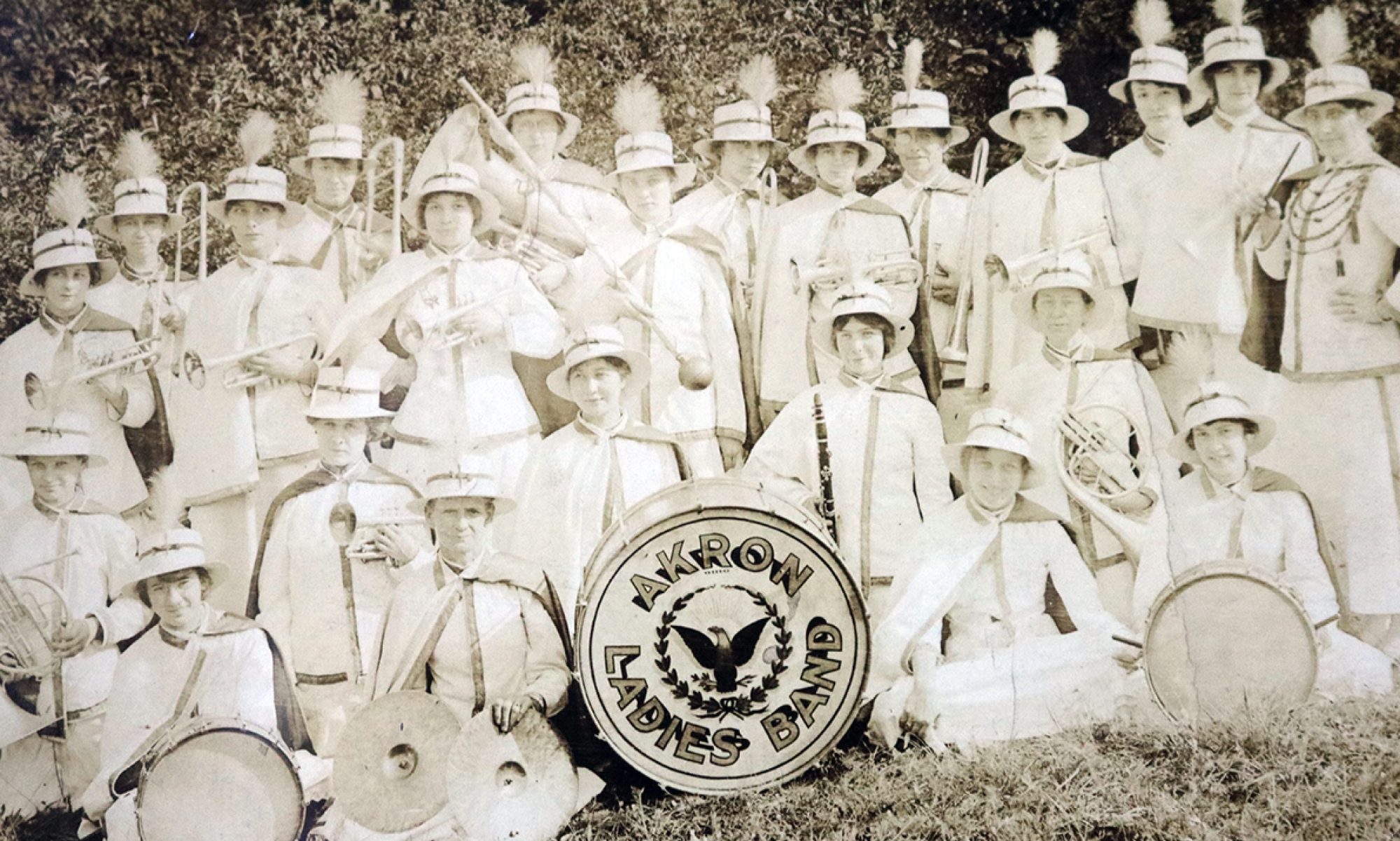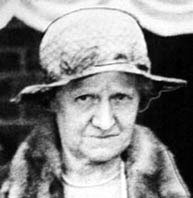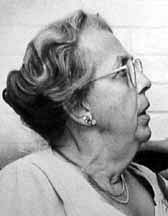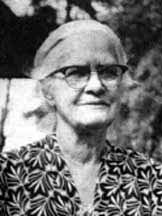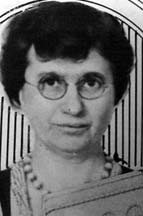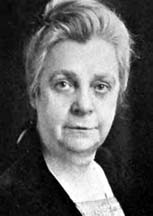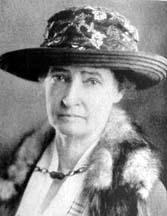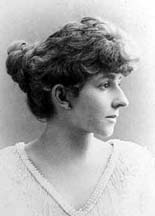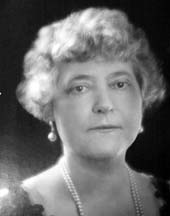
Blanche Carnahan Seiberling considered her community work as a kind of career, one to be pursued diligently with creativity and commitment.
Blanche Carnahan (also spelled Karnaghan in some records) was born in Finley, Ohio. She was the daughter of Theophilius and Mary Carnahan. Well educated, she married Charles Seiberling in 1895. Charles Seiberling and his brother Frank went on to start Goodyear Tire and Rubber and later Seiberling Rubber in Akron, Ohio.
Blanche and Charles Seiberling moved to Akron and built a mansion that came to be known as Triacres. While not as grandiose as Frank and Gertrude Seiberling‘s Stan Hywet House, Triacres became the heart of much community work in the city of Akron. The Home and School League was born there when Seiberling invited a group of friends to talk about improving relations between family and teachers. Seiberling became the first president of the league and was named its honorary president.
It was at Triacres that Seiberling and her friends came up with ways to introduce garden club work into the schools. Seiberling had long been a member of the Garden Clubs of America.
She was also a member of the Portage Country Club and the Woman’s City Club.
In the early 1920s, Seiberling withdrew from community work. She died in July 1932 after a long illness. She left her husband and daughter Catherine M. Stewart, who went on to an active philanthropic and community career of her own.
Photo courtesy of the Beacon Journal.
–Kathleen L. Endres
